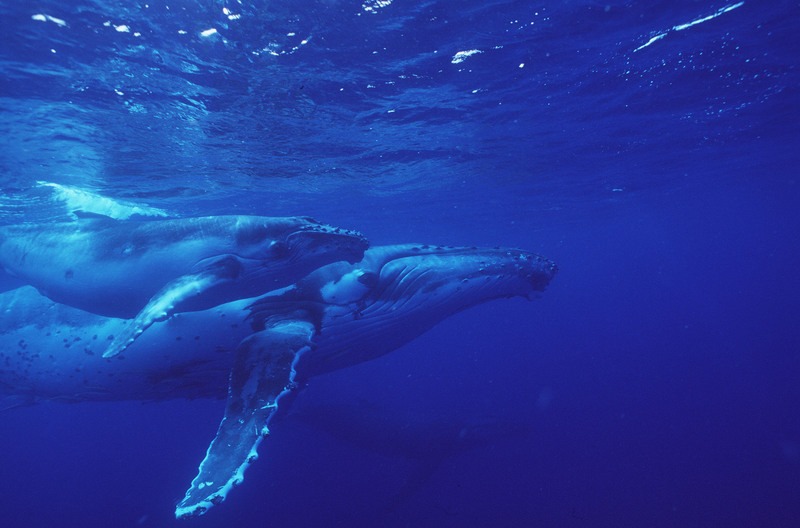The seas provide half of our oxygen, and food for a billion people. Let’s give them the protection they deserve.

Buckelwal (Megapetra noveangliae).
Under the restless surface of our seas, hundreds of miles from land, there’s a world of giants and hunters; ancient lifeforms and lost cities.
These waters beyond national borders are home to creatures even more varied than in the tropical rainforests. They contain the highest and longest mountain range anywhere on our planet, and trenches deep enough to hold Mount Everest. They’re the highways for whales, turtles, albatross and tuna on their cross-planet migrations.
Protecting these natural wonders is simply the right thing to do. But this isn’t just about conscience. It’s about survival.
The oceans produce half of our oxygen, and food for a billion people. And because they soak up huge amounts of carbon dioxide, they’re also one of our best defences against climate change. Our fate is bound to the fate of our oceans. If they don’t make it, we don’t either.
A rescue plan for our oceans
Now though, there’s a ray of hope. Scientists have drawn up a rescue plan for our oceans – and we’re going to throw everything we’ve got at making it happen. Are you in?
The ocean rescue plan is bold, and brilliantly simple: we cover the planet in ocean sanctuaries, putting a third of the oceans off-limits to fishing, mining and other destructive industries.
If the rescue plan goes ahead, it’ll be one of the biggest conservation efforts in human history, creating millions of square kilometres of new protected areas.
Here’s the problem: at the moment, there’s no way to create new sanctuaries outside countries’ national waters. We can’t protect these huge areas of the ocean without an international agreement on how this protection would work.
Governments have started work on a UN Ocean Treaty, and if they get it right it’ll give us the tools we need to make these sanctuaries happen.
Join us on an epic voyage
The open oceans are some of the least studied – and least regulated places on Earth, and to properly protect them we need to know more about what’s happening out there.
So this week, a team of scientists, photographers and campaigners is setting out on an epic journey from the North Pole to the South Pole to document a year in the life of our oceans, and build the best possible case for a strong UN treaty.
Sailing on Greenpeace’s swiftest and largest ship, the Esperanza, they’ll be conducting crucial ocean research and protection – exposing the threats, peacefully confronting the villains, and championing the solutions.
The team at sea needs as many people as possible on land to make sure their findings can’t be ignored. Will you join the campaign?
Ocean sanctuaries work
All over the world, wherever a proper ocean sanctuary is created, the results are dramatic. Habitats recover. The fish come back. Life finds a way.
But because sanctuaries work so well, the people who profit from dumping and plundering our seas are working hard to water down the treaty. It’s up to us to make sure nature and ordinary people have a voice in this too.
When we work together we can change the world. From stopping Shell’s oil drilling in the Arctic, to getting the world’s largest tuna company to clean up its act for people and the planet, we know how to stand up for our seas – and win.
But now it’s time to go even bigger. Over the next year, this mission will need all the courage, cunning and creativity we can find.



